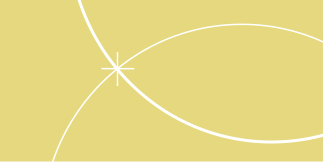Facing every day with a lot of diabetic foot infection, which require surgery in almost all cases, we have to deal with a lot of large and infected postoperative wounds in both neuropathic and arteriopathic patients. Each of these acute postoperative wounds needs a lot of resources, human and material, especially when the dressing is changed every day. On the other hand, diabetic background, by its characteristic immunodeficiency and micro and macroangiopathy, tend to favor infection and to slow down the process of granulation in acute open wound. As a result, we try to adjust the indication of HydroTherapy, sliding their use from chronic to acute diabetic wounds.
Aim
HydroTherapy, this new concept of treatment of chronic and poor-healing wounds, consists in using of two consecutively special wet dressings, is designed to enhanced the wound healing process. First of these dressings - Hydro Clean with its variants, HydroClean and HydroClean Plus, is indicated in necrotic and dry chronic wounds, to promote cleansing and removing of the bacteria and their toxins, which contaminated the surfaces of the open wounds and probably delay the rising of granulation tissue. The other dressing in this range, HydroTac is consists from 2 layers with dual role. The outer is a poliuretan layer, impermeable to water and resistant to aggressive bacteria, and in the same time absorbent for excessive exudate, keeping the wound clean and sterile; the inner layer is consist from a net of hydrogel, which main role is to keep the wet enviroment and to promote granulation and epitelization of the wound.
Conclusion
In our paper, we present our experience with HydroClean and HydroTac dressings in management of diabetic postoperative wound, from the very beginning until full granulation either to promote simple epithelization or, in cases of large soft tissue defects, to allow covering by split free skin. The results depends on vascularization, even the tissue from the bottom of the wound but also they are influenced by the germs involved in suppurative process.
